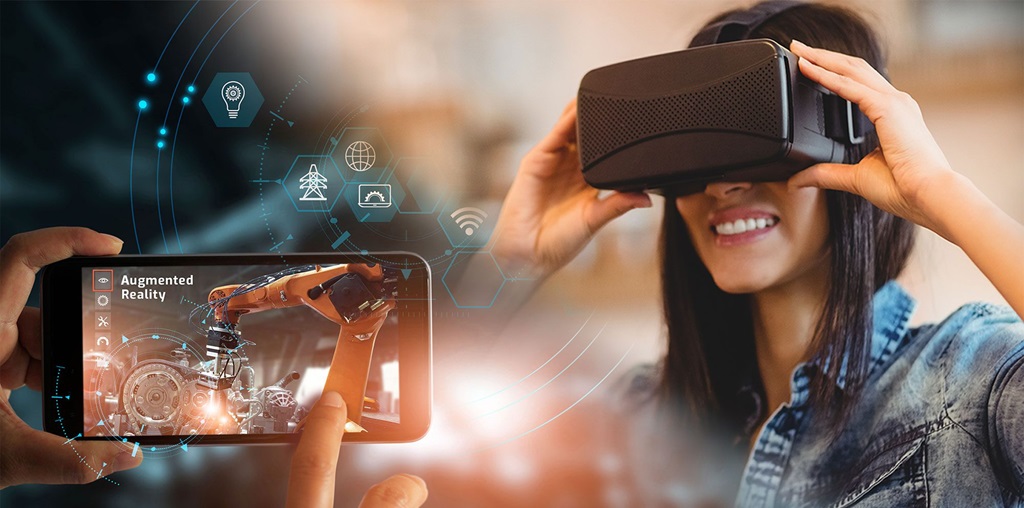
Augmented Reality (AR) and Virtual Reality (VR) are both immersive technologies that alter our perception of the world, but they do so in different ways.
-
Augmented Reality (AR):
- AR overlays digital content onto the real world, enhancing the user's perception of their surroundings.
- Examples include Snapchat filters, Pokémon Go, and Google Glass.
- AR is often used in various industries for training, maintenance, and enhancing consumer experiences.
-
Virtual Reality (VR):
- VR creates a completely immersive digital environment that users can interact with.
- Users typically wear a VR headset that blocks out the real world and transports them to a virtual space.
- Applications range from gaming and entertainment to education, healthcare, and virtual meetings.
Both AR and VR have seen significant growth and development in recent years, with advancements in hardware and software making them more accessible and practical for various applications. Industries such as gaming, healthcare, education, retail, and architecture are increasingly leveraging these technologies to create engaging and immersive experiences for users.